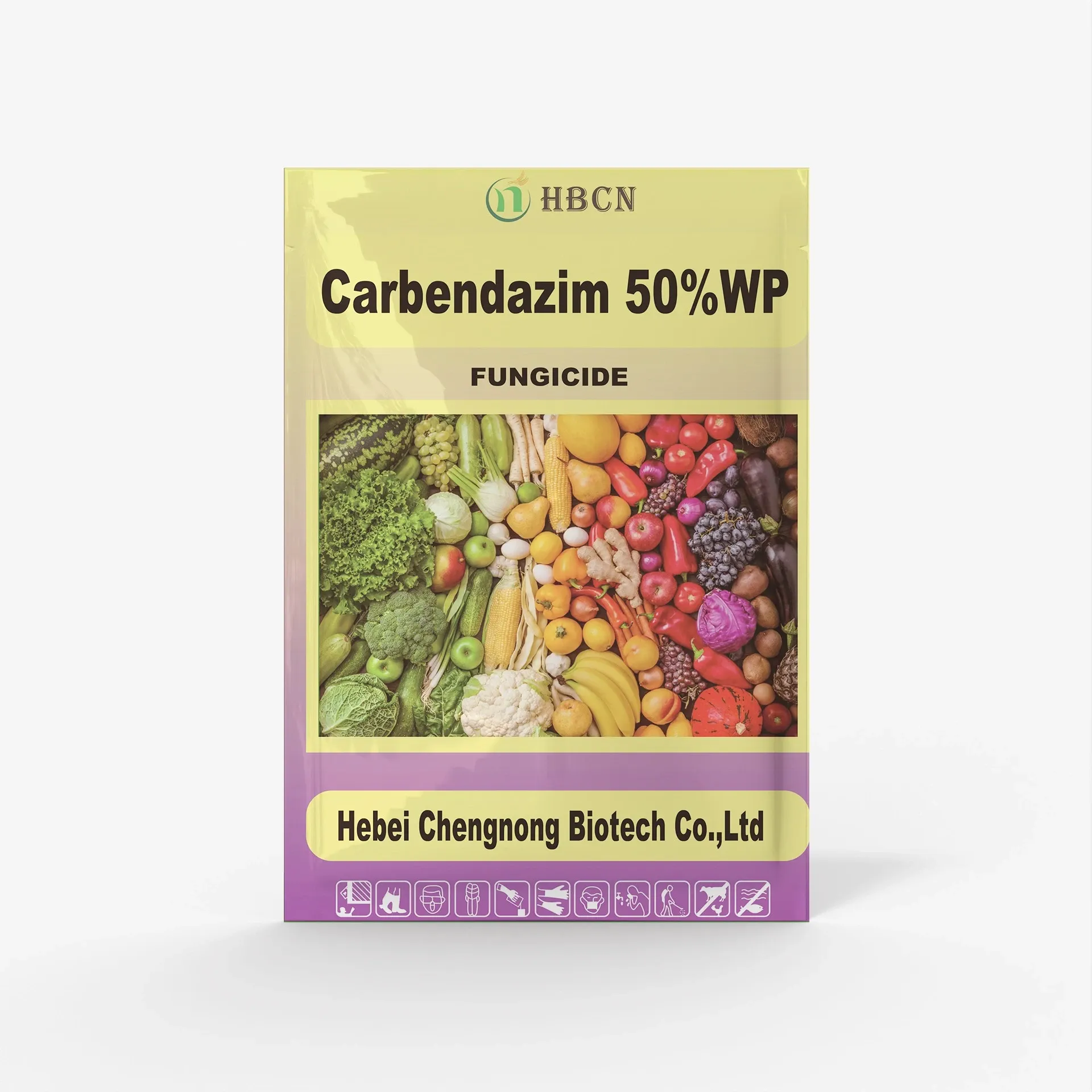
Jul . 03, 2025 15:04 Zurück zur Liste
Disease Control Fungicide for High-Value Crop Protection
High-value crops, such as fruits, vegetables, and ornamental plants, are integral to global agriculture and economies. Protecting these crops from devastating fungal infections requires advanced solutions that combine efficacy, safety, and adaptability. Among the tools available to farmers, disease control fungicides stand out as a cornerstone for safeguarding yield and quality. This article explores the role of innovative fungicides like benalaxyl fungicide and all purpose fungicide in modern agriculture, offering insights into their applications, benefits, and strategic use.

Understanding Benalaxyl Fungicide: A Targeted Solution for Crop Protection
Benalaxyl fungicide is a systemic fungicide renowned for its precision in combating soil-borne and foliar diseases. As a member of the acylalanine class, it disrupts RNA synthesis in pathogens, effectively inhibiting their growth. This makes it particularly effective against Phytophthora and Pythium species, which threaten high-value crops like tomatoes, potatoes, and citrus fruits.
Farmers favor benalaxyl fungicide for its long-lasting residual activity, which reduces the need for frequent reapplications. Its systemic nature allows it to penetrate plant tissues, protecting both roots and leaves from infection. When integrated into a broader disease control fungicide program, it enhances resistance management by minimizing over-reliance on single-mode-of-action products.
Key benefits include:
Preventive and curative action: Halts disease progression even after symptoms appear.
Compatibility: Works well with other fungicides, including all purpose fungicide formulations.
Low environmental impact: Degrades efficiently without harming beneficial soil microbes.
By targeting specific pathogens, benalaxyl fungicide ensures that high-value crops remain productive and market-ready.
The Versatility of an All Purpose Fungicide in Modern Farming
An all purpose fungicide is a multi-functional tool designed to address a wide spectrum of fungal threats. Unlike specialized products, these broad-spectrum solutions simplify disease management by offering protection against diverse pathogens, from powdery mildew to rust and blight. For farmers cultivating high-value crops, this versatility translates to cost savings and operational efficiency.
The strength of an all purpose fungicide lies in its formulation, which often combines active ingredients with complementary modes of action. For example, pairing contact fungicides with systemic ones like benalaxyl fungicide creates a dual barrier—protecting plant surfaces while neutralizing internal infections.
Advantages include:
Broad-spectrum efficacy: Controls multiple diseases with a single application.
Resistance mitigation: Reduces the risk of pathogen adaptation through diverse mechanisms.
User-friendly application: Suitable for foliar sprays, soil drenches, or seed treatments.
Integrating an all purpose fungicide into a disease control fungicide strategy ensures comprehensive protection, especially in regions with unpredictable disease pressure.
Crafting a Robust Disease Control Fungicide Strategy
A successful disease control fungicide program hinges on three pillars: prevention, monitoring, and adaptability. High-value crops demand proactive measures, as even minor infections can lead to significant economic losses. Here’s how to optimize fungicide use:
- Prevention First
Apply benalaxyl fungicideduring early growth stages to shield young plants from soil-borne pathogens. Pair it with an all purpose fungicideto create a baseline defense against airborne threats. - Regular Monitoring
Scout fields for early signs of disease, such as leaf discoloration or wilting. Rapid intervention with targeted fungicides can prevent outbreaks. - Rotate Modes of Action
Alternate between fungicides with different biochemical pathways to delay resistance. For instance, follow a benalaxyl fungicideapplication with a contact-based all purpose fungicide. - Adjust to Conditions
Tailor applications to weather patterns—increase frequency during humid seasons, which favor fungal growth.
By combining benalaxyl fungicide and all purpose fungicide in a structured plan, farmers can maximize yield while minimizing chemical inputs.
FAQs About Disease Control Fungicides
What makes benalaxyl fungicide a superior choice for soil-borne diseases?
Benalaxyl fungicide excels in controlling soil-borne pathogens like Phytophthora due to its systemic action. It is absorbed by roots and transported throughout the plant, providing internal protection that contact fungicides cannot achieve. Its long residual activity also means fewer applications, saving time and labor.
Can an all purpose fungicide replace specialized products like benalaxyl fungicide?
While an all purpose fungicide offers broad protection, it works best as part of an integrated strategy. For severe or specific infections (e.g., Phytophthora), pairing it with benalaxyl fungicide ensures both comprehensive and targeted control.
How does a disease control fungicide program enhance crop profitability?
Effective disease control fungicide use reduces crop loss, improves quality, and extends shelf life—critical factors for high-value produce. Preventative applications also lower the risk of catastrophic outbreaks, securing ROI for farmers.
Are Benalaxyl fungicides and All purpose fungicides safe for organic farming?
Benalaxyl fungicide and synthetic all purpose fungicides are designed for conventional farming. However, many integrated pest management (IPM) programs combine them with organic practices for balanced disease control.
What steps ensure the longevity of all purpose fungicide efficacy?
Rotate benalaxyl fungicide with other fungicide classes, use all purpose fungicide for diverse protection, and adhere to recommended dosages. Regular soil testing and pathogen monitoring further sustain effectiveness.
In the competitive world of high-value crop production, disease control fungicides like benalaxyl fungicide and all purpose fungicide are indispensable. Their strategic use not only safeguards yield but also supports sustainable farming by reducing waste and chemical overuse. By understanding their unique strengths and integrating them into a holistic plan, farmers can ensure resilient, profitable harvests season after season.
-
Thiamethoxam Half-Life in Soil and Water
NachrichtAug.04,2025
-
The Role of Carbendazim in Modern Agriculture
NachrichtAug.04,2025
-
The Mode of Action of Myclobutanil in Plant Protection
NachrichtAug.04,2025
-
How to Safely Use Insecticides at Home
NachrichtAug.04,2025
-
How Temperature Affects Boscalid's Performance
NachrichtAug.04,2025
-
Benefits of Using Thiram Seed Treatment in Agriculture
NachrichtAug.04,2025
